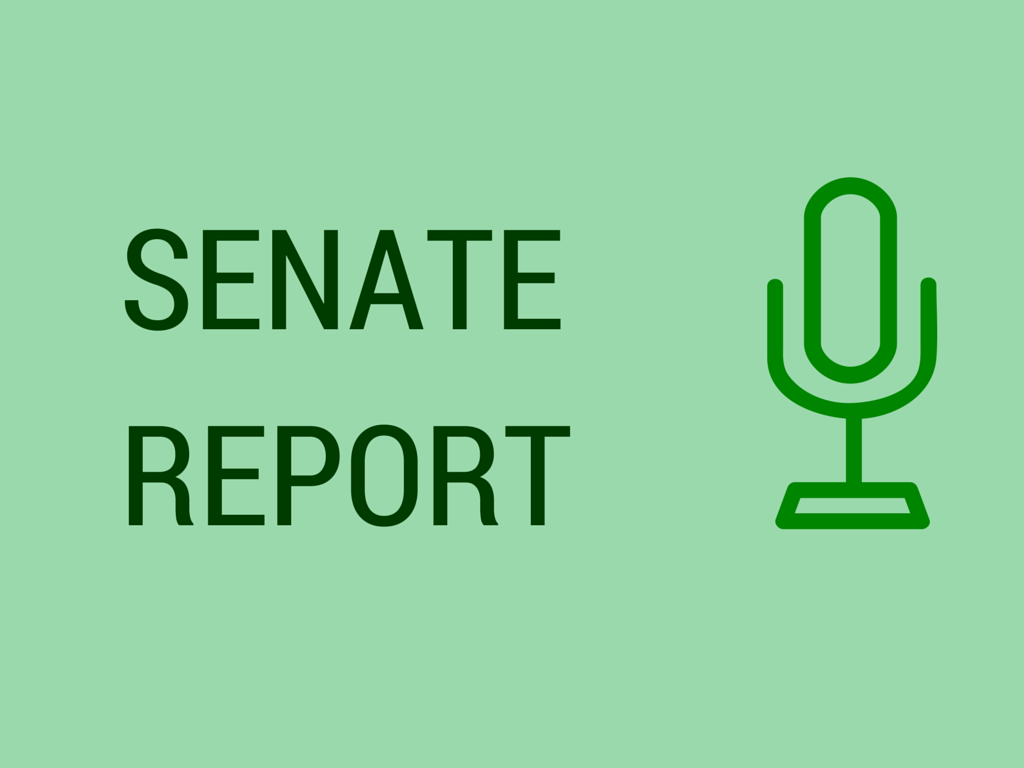New Student Spaces for Lulu
Last year, Emily Pearson ’20 and Diana Lam ’20 began a ballot initiative that will continue to be executed this year. The ballot entailed turning the Lulu resource room into a usable student space because both Pearson and Lam felt that there needed to be more social spaces on campus. Currently, the room is being used as storage space by the college. Pearson and Lam think that the Lulu resource room would be a great meeting place for campus organizations since there is currently no designated space for organizations to meet. The project began last year but stalled when the director of student involvement left suddenly. Pearson and Lam collaborated with Lynne Payson, the building manager for Lulu, and got their plans for the room approved by the administration. The budget for the project is $12,000, which includes enough money to also update the room with the pool table on the third floor of Lulu.
Pearson and Lam want the renovations to be a community effort and offered an opportunity to be involved with cleaning up the rooms when the new furniture arrives. Also, they will be asking for student input in the future and will offer other ways to get involved with the project.
Updates for the Stone Center in November
Dr. Robin Cook-Nobles, the director of counseling services, discussed the survey that the Stone Center sent out requesting student feedback. The two primary comments from the survey were that students want to be able to schedule appointments online and that students in emergency situations should be able to get help immediately. In response, Nobles stated that starting on Nov. 1, students will be able to schedule immediate meetings online. There will be about three slots each day set aside for the immediate meetings, and each meeting will be half an hour long. Coming later in November, an online module that teaches students skills to deal with anxiety and depression called WellTrack will become accessible. On WellTrack, there is an online quiz that will tell you if you should seek counseling for issues such as anxiety, depression and eating disorders.
Additionally, in the future the Stone Center wants to create a student advisory board in order to constantly receive student feedback. The offices will also be updated and expanded so that there will be a formal waiting room. In order to give students a chance to meet the counselors before scheduling an appointment, Dr. Cook-Nobles suggested an event where students would quickly meet all of the counselors and talk for a couple of minutes. On Tuesday, Oct. 24, students had a chance to meet the second candidate for college psychiatrist at the Stone Center.
Changes in the number of subcommittees on the Board of Trustees
Appointments coordinators Jackie Ehrlich ’20 and Emily Pearson ’20 discussed the recent changes made to the Board of Trustees. Instead of five subcommittees, there will now be three each with two student leaders. Currently the Wellesley Experience subcommittee has three students for this transition year, but next year there will be two. Pearson and Ehrlich stated that the decision to reduce the amount of people on each board was made because the committees will be more efficient with fewer people.
Introduction to student organizations funding committee and discussion of feedback
Natalie Jin ’18, student bursar, introduced the Student Organization Funding Committee (SOFC) as the college’s board responsible for dealing out the funds from the student activity fee allowed for campus organizations. This year there was a total of $688,000 dollars, with $288,000 saved for guaranteed organizations, which left $400,000 for non-guaranteed organizations and club sports. Each year, organizations may apply for funds for the full year, but the given funds do not roll over to the next year. During this process, organizations may appeal SOFC’s decision by applying again before the Fall Emergency deadline.
Complaints have been made about organizations not receiving the amount of funding that they apply for, but Jin explained that this year SOFC budgeted $218,417 total for non-guaranteed-percentage (GP) funding and in total the non-guaranteed organizations applied for $458,199; this was an unprecedented amount of total application funds. SOFC increased its budget to $328,927 in order to accommodate the organizations, but it could not provide every organization with the requested amount. According to Jin, the increase in organization applications is related to the rise in cost for eboard retreats. Before this year, the cost was around $10-$15 per person, but now the cost has increased to $27 per person.
In order to x the issue, SOFC has suggested an eboard retreat cap at $10 per person and one retreat per year. By decreasing the amount of money spent on retreats, there will be more funding for events open to the entire campus.







